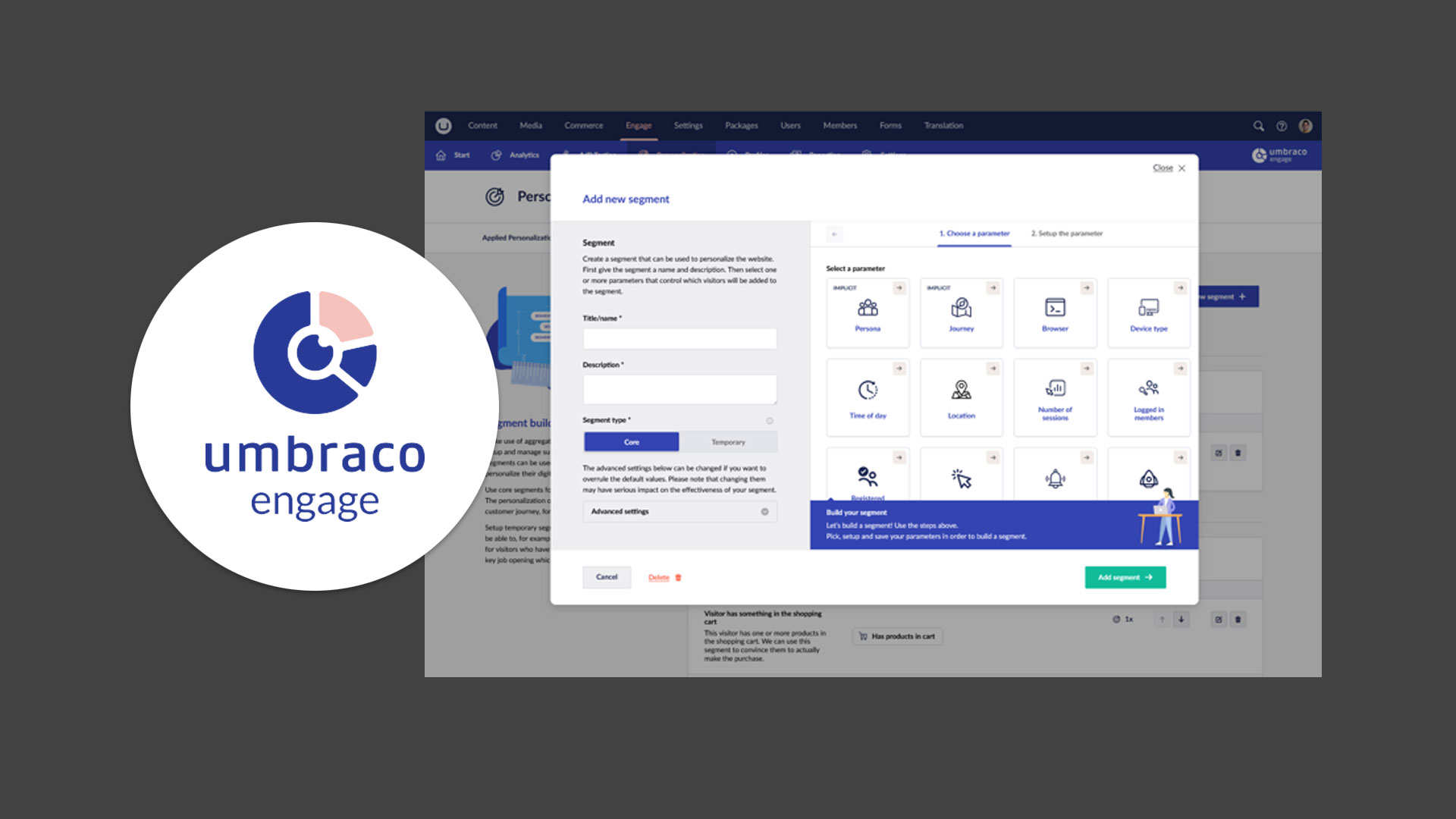Website personalisation has been a hot topic in marketing for years.
Whether it's personalising website content, email campaigns, or membership areas, the conversation often revolves around the same questions: Should we be doing personalisation? Is it effective? What are our goals?
For many website managers, personalisation remains a source of confusion, often treated as an afterthought rather than an integral part of the customer strategy.
Why Does Website Personalisation Matter?
Website personalisation tailers content, design, and experiences based on visitor data, ensuring users receive relevant interactions rather than a generic, one-size-fits-all approach. Done right, it strengthens customer relationships and drives conversions, ultimately helping businesses achieve key performance indicators (KPIs).
A well-executed personalisation strategy should aim to:
- Enhance User Experience – Delivering seamless, relevant content keeps visitors engaged.
- Increase Conversions – Targeted recommendations and offers encourage users to take action.
- Foster Customer Loyalty – Personalised interactions build trust and long-term relationships.
- Improve Engagement Metrics – Reducing bounce rates and increasing time spent on the site.
- Strengthen Marketing Effectiveness – More precise targeting leads to better return on investment (ROI).

How Can You Personalise Your Website?
There are several ways to implement personalisation, and the most effective strategies often combine multiple techniques:
- Behavioural Targeting – Customising content based on users' browsing history and interactions.
- Location-Based Personalisation – Displaying content relevant to a visitor’s geographical location.
- User Segmentation – Tailoring experiences based on demographics, past behaviour, or preferences.
- AI and Machine Learning – Using data analysis to dynamically adjust content in real time.
- Dynamic Content Blocks – Serving different content based on previous interactions and preferences.

Umbraco Engage: A Smart Solution for Personalisation
For businesses looking to simplify their personalisation efforts, Umbraco Engage offers a powerful suite of tools designed to streamline customised experiences. From data analysis to content personalisation, Umbraco Engage enables businesses to deliver relevant interactions at scale.
Key Features of Umbraco Engage:
- Server-Side Analytics – Gain real-time insights into user behaviour and identify high-performing content.
- 360° User Profiling – Build rich user profiles using data from every interaction.
- A/B Testing – Experiment with different headlines, layouts, and calls-to-action to optimise engagement.
- Advanced Personalisation – Serve tailored content to visitors based on their actions and preferences.
- In-App Reporting – Track performance, conversions, and engagement within the CMS.
- Data Ownership & Compliance – Ensure data privacy with secure, first-party storage and server-side tracking.

Where to Start with Website Personalisation?
The key to a successful personalisation strategy is planning from the beginning. Ideally, personalisation should be integrated into your website’s design and discovery phase. However, for many businesses, it becomes a retrofit process, requiring a thoughtful approach to implementation.
Steps to Get Started
- Understand Your Audience – Use data to map out customer personas, preferences, and pain points.
- Define Your Goals – Align personalisation efforts with business objectives and KPIs.
- Segment Your Users – Group visitors based on demographics, behaviour, and interests.
- Implement and Test – Start with small-scale personalisation initiatives and refine based on results.
- Leverage the Right Tools – Platforms like Umbraco Engage simplify personalisation execution.
Conclusion
Personalisation is no longer a luxury—it’s a necessity for businesses aiming to boost engagement and conversions. With tools like Umbraco Engage, implementing tailored experiences has never been easier. Don’t get left behind; start personalising your website today!


